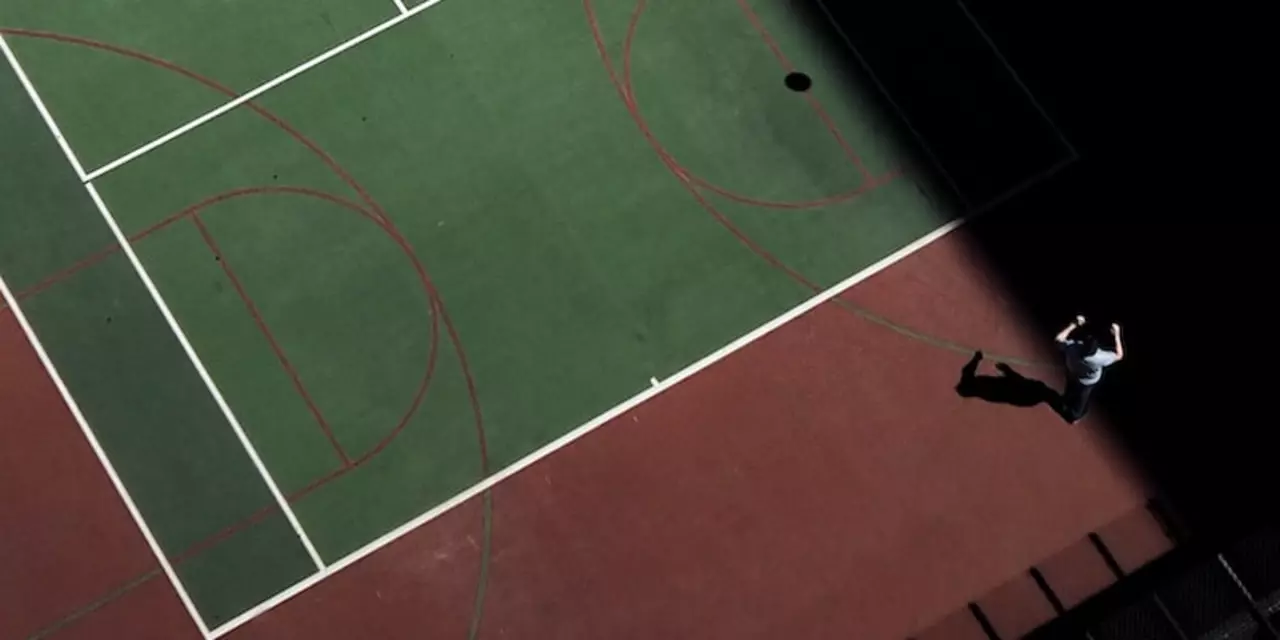Ball Basics: How to Pick and Use the Right Soccer Ball in Sutton
If you’ve ever grabbed a ball off the shelf and wondered if it’s the right one, you’re not alone. The right soccer ball makes passing smoother, shooting more accurate, and training more enjoyable. Below are the key things to look for, how to care for it, and a couple of quick tricks to get the most out of every match.
What Makes a Good Soccer Ball?
First, think about the surface you play on. Indoor or artificial turf needs a ball with a smoother, low‑bounce cover, while grass fields work best with a slightly textured ball that grips the ground. Size matters too – youth leagues use size 4, adults size 5. The material is another factor: genuine leather feels soft but needs more maintenance, whereas synthetic panels are durable and water‑resistant.
Pressure is the hidden hero. A ball inflated to the recommended 0.6–1.1 bar (8.5–16 psi) rolls predictably and doesn’t wobble. Too soft and it will drag; too hard and it can bounce wildly. A simple hand pump with a pressure gauge makes checking easy before every game.
Keeping Your Ball in Top Shape
After a match, give the ball a quick wipe‑down. Sweat, mud, and sand can weaken the seams over time. If you play on a wet pitch, let the ball air‑dry for a few hours – don’t toss it in a bag while damp, as that traps moisture and speeds up wear.
Store the ball in a cool, dry place, away from direct sunlight. Heat can cause the outer coating to crack, and cold can make the bladder brittle. A small, breathable ball bag works fine; avoid airtight containers.
Inspect the stitching or bonding regularly. A loose panel can turn a good ball into a safety hazard. Replace the ball once you notice a noticeable loss of shape or a cracked bladder – usually after 150–200 hours of play.
Quick Tips for Better Play
- Warm‑up the ball. Roll it on the ground for a minute before kicking to ensure it’s at playing temperature.
- Practice with the same ball. Consistency helps you develop a feel for its bounce and flight.
- Use proper technique. A well‑struck ball stays low and true; get the foot under the ball’s center of mass.
Whether you’re joining a Sutton Saturday league or just having a kick‑about with friends, the ball is the centerpiece of the game. Choosing the right one, keeping it inflated, and looking after it will stretch its life and boost your performance.
Got a favorite ball brand or a hack for staying fresh during a rainy match? Share it in the comments – the Sutton Sports Hub community loves swapping practical tips.
Can you play basketball with a soccer ball?
- Kieran Lockhart
- on Mar 3 2023
- 0 Comments
Playing basketball with a soccer ball is possible but it is not ideal. Soccer balls are too big, too light, and too bouncy compared to basketballs. Despite this, it can be done with some adjustments, such as playing with a smaller group and spacing out the court. It can also be done indoors with a smaller ball, such as a volleyball. Ultimately, playing basketball with a soccer ball is not the same as a regular game but can still be fun.
